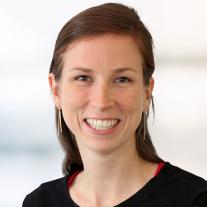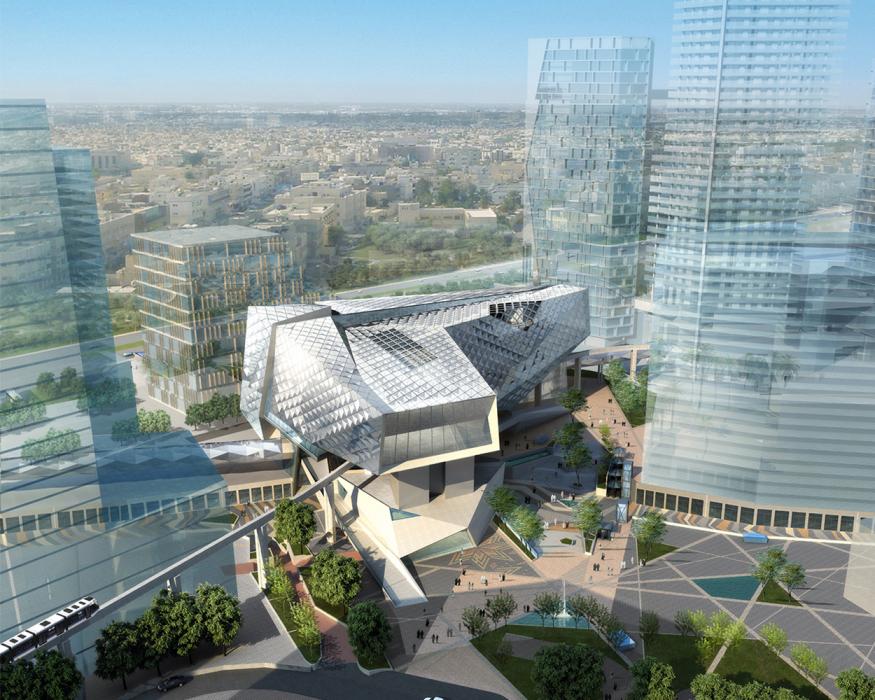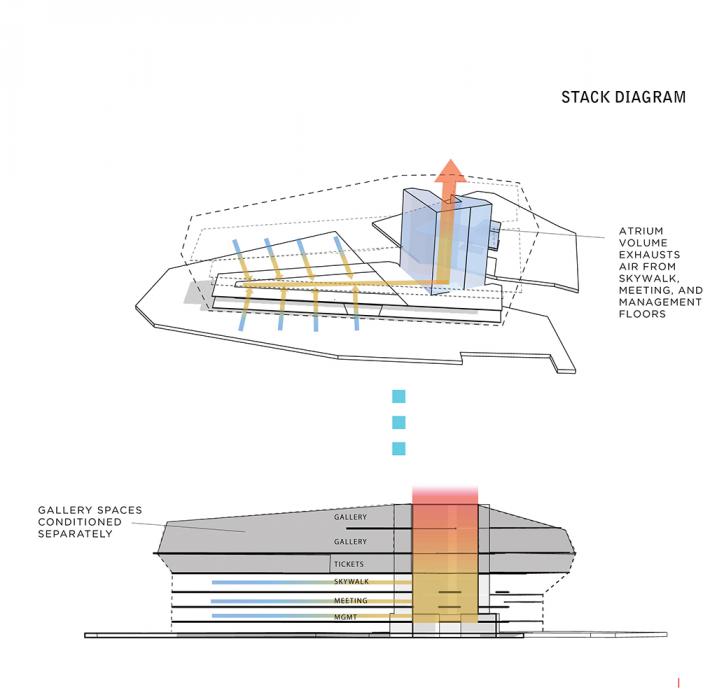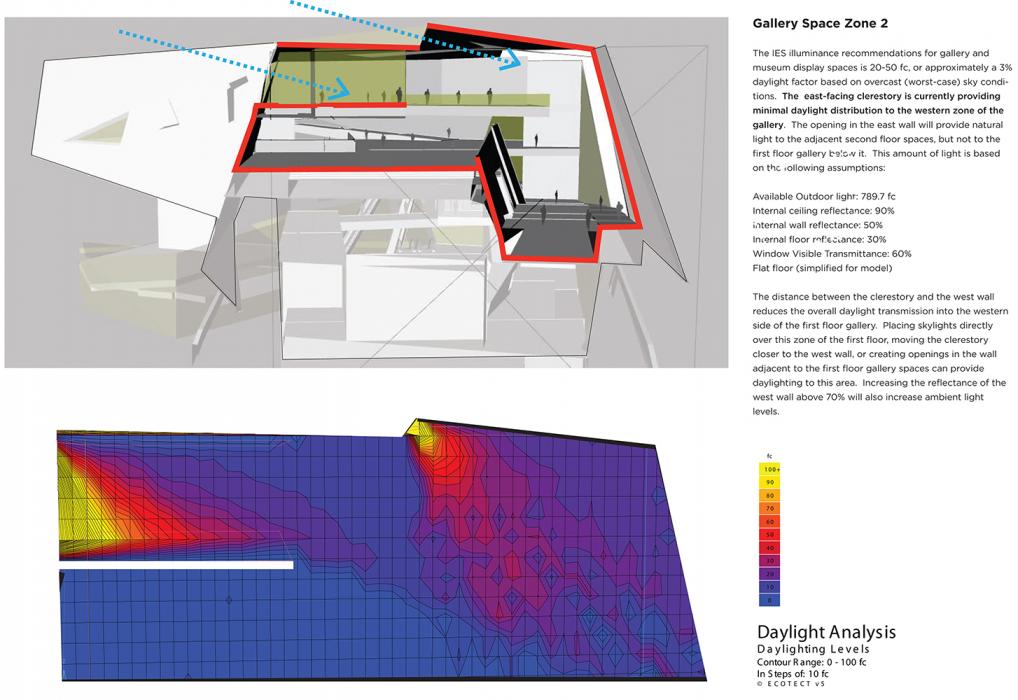Museum of the Built Environment
Our team developed an approach that incorporated elements of low-energy design early in the programming phase that helped maximize space efficiency.
A New Sustainability Approach for a Museum Celebrating Sustainable Design
Dedicated to exploring the development of sustainable architectural design and the arts specifically within Saudi Arabia and the surrounding region, The Museum of the Built Environment is a unique public building that had to have a cutting-edge sustainable design. Located in the King Abdullah Financial District, the new museum houses space for permanent and temporary exhibits, office and administrative functions, a 150-seat auditorium and a restaurant, in addition to a transportation hub comprising a monorail station that connects to a network of elevated walkways.
We provided sustainability services – including climate analysis, biomimicry consulting, natural ventilation studies, daylighting studies and materials research - to FXFOWLE for the 340,000 square-foot facility.
Highlights
- To address the challenges associated with designing a building in a harsh desert climate, our team developed an approach called “sustainability programming,” a strategy that incorporated elements of low-energy design early in the programming phase that helped maximize space efficiency as well as the potential for finding more sustainable solutions for natural ventilation, daylighting and energy performance.
- Solutions for thermal massing and indirect daylighting techniques were inspired by local building practices that have been used in the area for centuries.
- Examples of proposed solutions included an east-facing clerestory that takes advantage of natural light, a light shaft that illuminates underground parking and natural ventilation that takes advantage of cooler night air.
- Services also included climate analysis, biomimicry consulting, natural ventilation studies, daylighting studies, sustainability programming and materials research.
- The museum is among several other Thornton Tomasetti projects in the district, including Crystal Towers, Villas in the Sky and The Gem Building.




